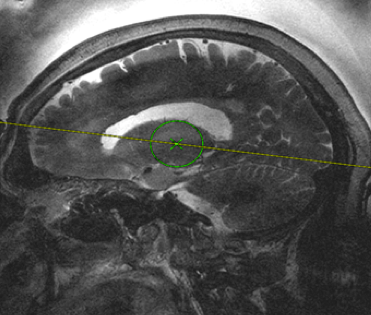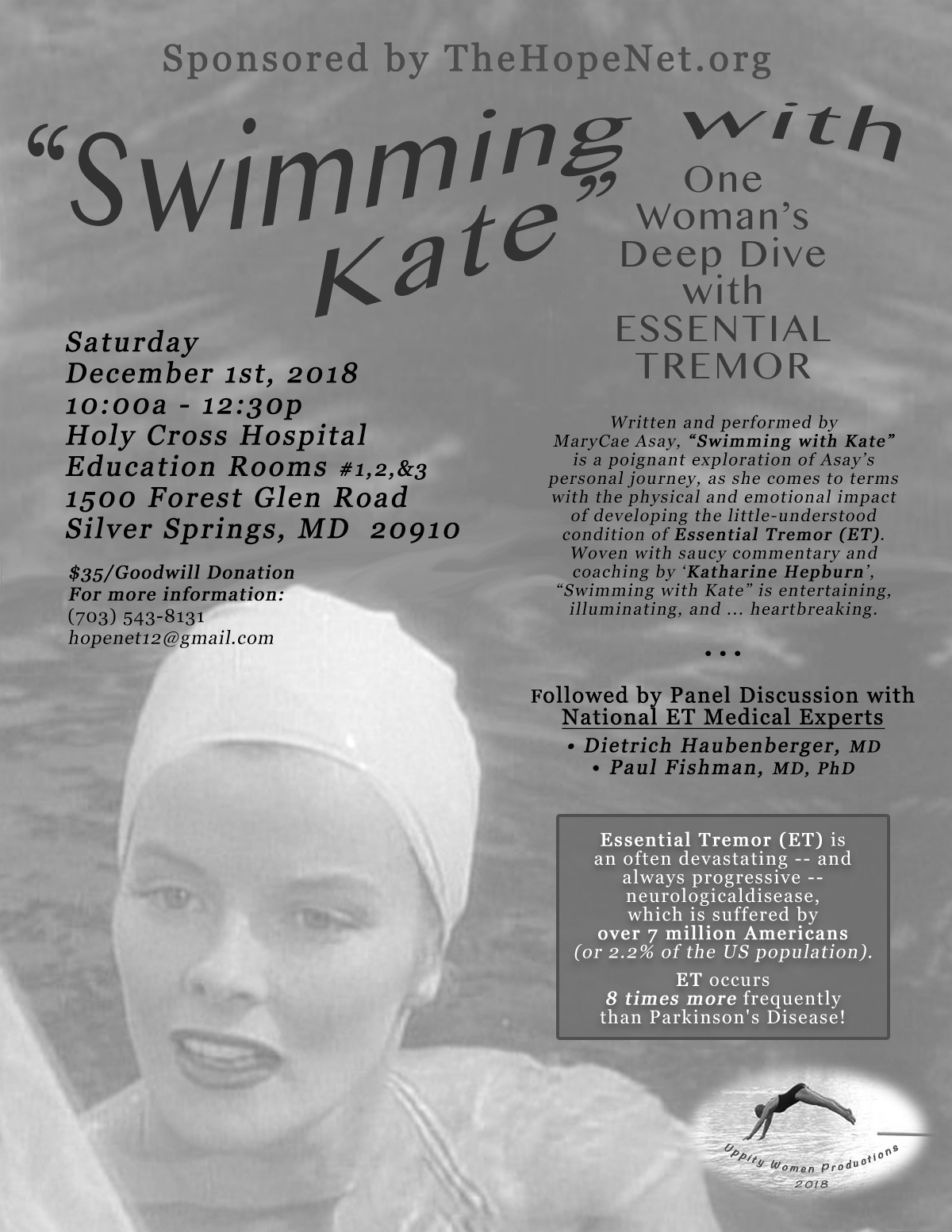
While anecdotally we may know the quality of our daily lives are affected by our Essential Tremor, what does the clinical research show? Here are links to a few past study articles on just that:
Quality of Life in Essential Tremor Questionnaire (QUEST): Development and initial validation
The psychosocial burden of essential tremor in an outpatient- and a community-based cohort.
The authors of the first study above indicate their goal of developing sound, reliable measures of quality of life for ET patients. Yay!
Both articles have results of study questionnaires where participants self- reported on their symptoms. In the first study participants reported on the negative physical impact of their tremor, the psychological impact, and tremors’ impact on communications, work/finance, and hobbies/leisure. Factors used in the second study were depression, personality traits, psychiatric components, coping strategies and a quality of life health survey.
It is commendable in the first study that the data are specific to the body location of ET symptoms, meaning that voice, head, arm and leg tremor results are included, not just hand tremor. As would be expected of those with voice tremor, the data show the severe impact their condition has on communications. And in the second article, the study authors make note of interesting results that show significant, negative psychosocial impact of ET that is not closely associated with or dependent on the severity of the tremor. This means that even if physical tremor symptoms are not considered severe, they can still have a hefty, negative psychosocial impact.
Overall it appears self-reported questionnaires are developing into something meaningful. The clinical researchers or study authors are hopefully connecting some dots, having learned about the physical, social and neuropsychological components of this condition, and knowing more clearly now how everyday life is impacted for the ET population. Click on the links for more information about the individual studies (but be forewarned it is not easy reading).





 In this project, we are designing and evaluating adaptive systems to support the use of the computer mouse and other pointing devices when navigating the Web. We are looking for 15-25 individuals who are 65 years or older and who are experiencing permanent or intermittent pointing problems due to hand tremors, arthritis, or other conditions that impact fine motor hand movement. The participants will be interviewed about their computer use. They will also use a computer system that we are developing called PINATA and provide feedback about their experience.
In this project, we are designing and evaluating adaptive systems to support the use of the computer mouse and other pointing devices when navigating the Web. We are looking for 15-25 individuals who are 65 years or older and who are experiencing permanent or intermittent pointing problems due to hand tremors, arthritis, or other conditions that impact fine motor hand movement. The participants will be interviewed about their computer use. They will also use a computer system that we are developing called PINATA and provide feedback about their experience.